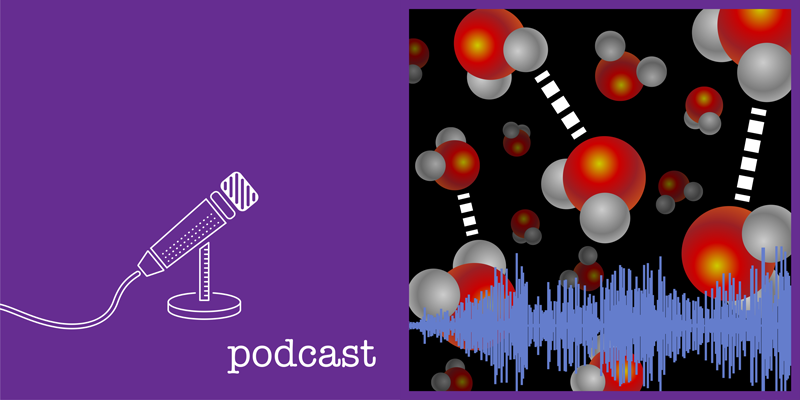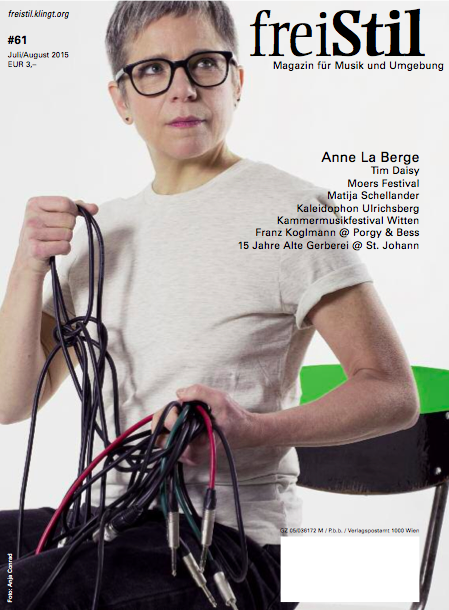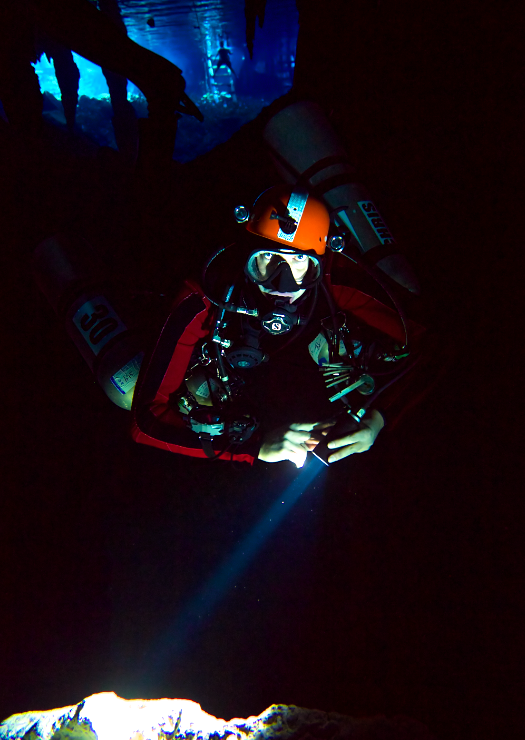In the July 11 2024 of Physics Magazine, host Julie Gould speaks with scientists who rely on senses other than sight, such as hearing and touch, to interpret data and communicate their research. They use sonification — the transformation of data into sound — to “listen” to hydrogen bonds, interpret gravitational-wave signals, and communicate a wide range of astrophysical data. Sonification also offers tools for visually impaired researchers and scientific outreach.
Included in the podcast are Martin Gruebele (University of Illinois at Urbana-Champaign) and Carla Scaletti (Symbolic Sound Corporation) describing how they could hear patterns of hydrogen-bond formation during protein folding that had been missed when relying solely on visual representations. (Their research is described in the 28 May 2024 issue of Proceedings of the National Academy of Sciences: “Hydrogen bonding heterogeneity correlates with protein folding transition state passage time as revealed by data sonification”).





 Kyma is featured in the February 2011 issue of
Kyma is featured in the February 2011 issue of